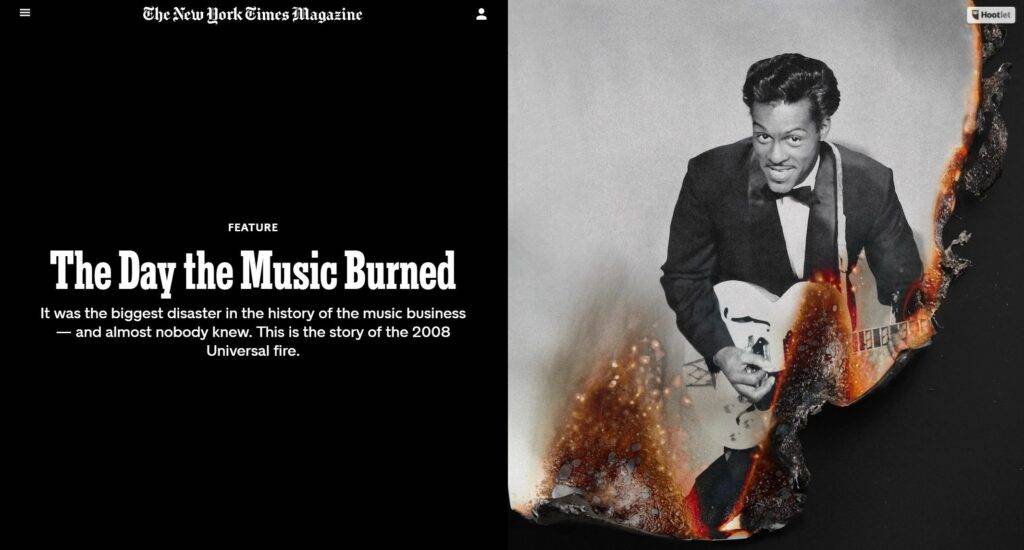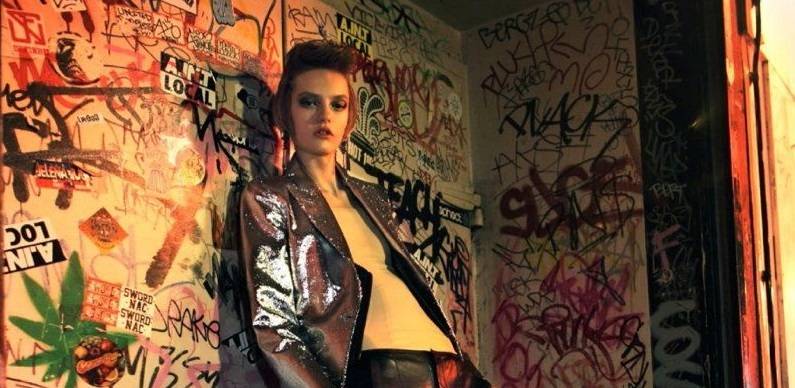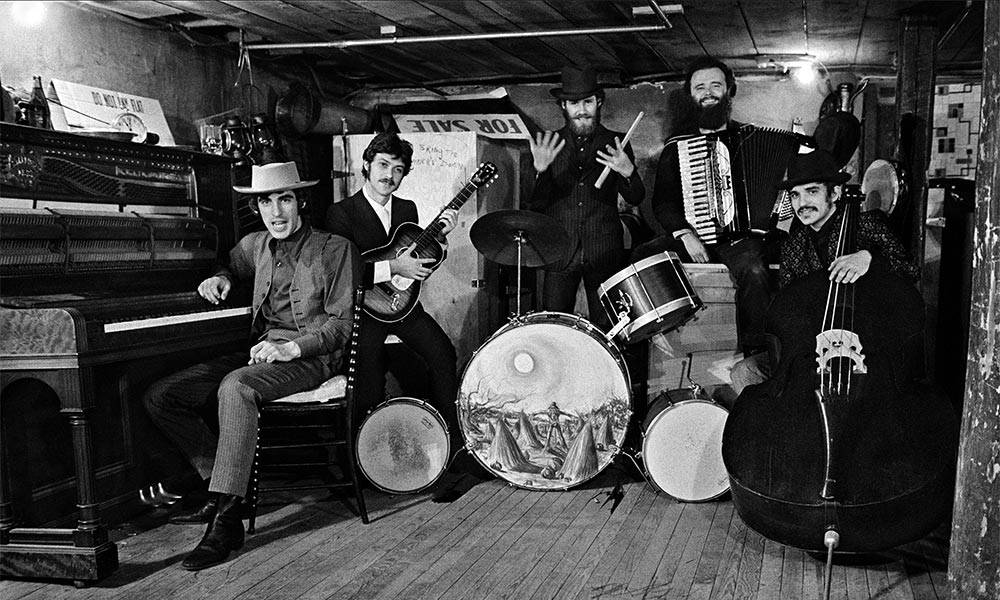Exploring the Distinctive Worlds of Punk and Goth Subcultures

Delve into the realms of punk and goth, two influential subcultures that emerged in the 1980s, with a focus on understanding their unique characteristics and the challenges of distinguishing between them. While insiders can easily identify the differences, outsiders often find themselves navigating confusing overlaps. This article provides a comprehensive exploration of the origins, evolutions, fashion, and cultural influences that set punk and goth apart.
Punk and goth, born as counter-culture movements in the late 1970s, made their mark on society in the 1980s. Originating in the United Kingdom, both subcultures shocked the conservative establishment, facing suspicion and disdain. The struggle and disillusionment of the late 1970s, marked by economic downturns, violence, and political unrest, set the stage for the emergence of these subcultures.
The United Kingdom: The 1970s
In the bleak landscape of the late 1970s UK, punk arose as a vehement response to economic crises and perceived societal injustices. Rejecting the utopian ideals of the hippie movement, punks embraced a realistic, dystopian perspective, epitomized by the slogan “No Future.” Bands like the Sex Pistols, formed in 1975, became the face of the punk movement, challenging authority and expressing discontent through aggressive music.
The post-punk era followed, giving rise to a diverse range of musical styles, including gothic rock. Bands like Siouxsie and the Banshees and Joy Division, though not strictly goth, played pivotal roles in shaping the genre. Bauhaus, with their iconic “Bela Lugosi’s Dead,” is often considered the starting point of gothic rock. This laid the foundation for goth, with acts like Sisters of Mercy and The Cult defining the genre in the 1980s.
Punk and Goth: A Peaceful Co-Existence
Though goth evolved from punk, the two subcultures developed distinct identities. While sharing foundational elements like non-conformity and individualism, goths and punks coexisted peacefully. The outsider’s perspective often sees them together, blurring the lines between the two. Both subcultures continue to frequent the same venues, fostering a shared affinity for creativity and non-conformity.
Differences in Fashion
Fashion played a crucial role in differentiating punk and goth subcultures. Punk fashion initially aimed to shock the middle class, incorporating vulgarity, sexual innuendo, and offensive imagery. Ripped clothing, challenging gender norms, and adornments like metal spikes defined punk style. Goth fashion, on the other hand, embraced a darker aesthetic, often featuring crosses, ankhs, and morbid imagery. The pivotal distinction lies in the color palette, with punks favoring bright, attention-grabbing colors, and goths adhering to the iconic all-black look.
While both subcultures challenged gender stereotypes, goth fashion particularly paved the way for men to explore unconventional styles. The cybergoth genre introduced neon colors and futuristic accessories, offering a deviation from the traditional all-black attire.
Cultural Influences and Outside Perceptions
Cultural influences and themes set punk and goth apart. Punk drew inspiration from anti-establishment sentiments, while goth, rooted in punk, explored literary, poetic, and filmic themes related to mythology and horror. The punk ethos embodied aggression, anarchy, and raw power, while goth expressed somberness and dark foreboding.
Outside perceptions often stereotype punks as aggressive and violent, contrasting with the portrayal of goths as melancholic and depressed. These misconceptions have led to real-world consequences, with goths facing unwarranted blame for incidents such as school shootings. In 2007, a hate crime against goths in the UK, resulting in the tragic death of Sophie Lancaster, highlighted the severity of such misconceptions.
Conclusion
In unraveling the intricate tapestry of punk and goth subcultures, it becomes evident that while their roots are intertwined, they have grown into distinct entities. The evolution of fashion, cultural influences, and societal perceptions sets them apart, yet the shared spirit of non-conformity and creativity allows them to coexist harmoniously. Understanding the nuances of these subcultures offers a glimpse into the diverse and multifaceted world of alternative lifestyles that have left an indelible mark on the cultural landscape.






Responses